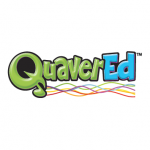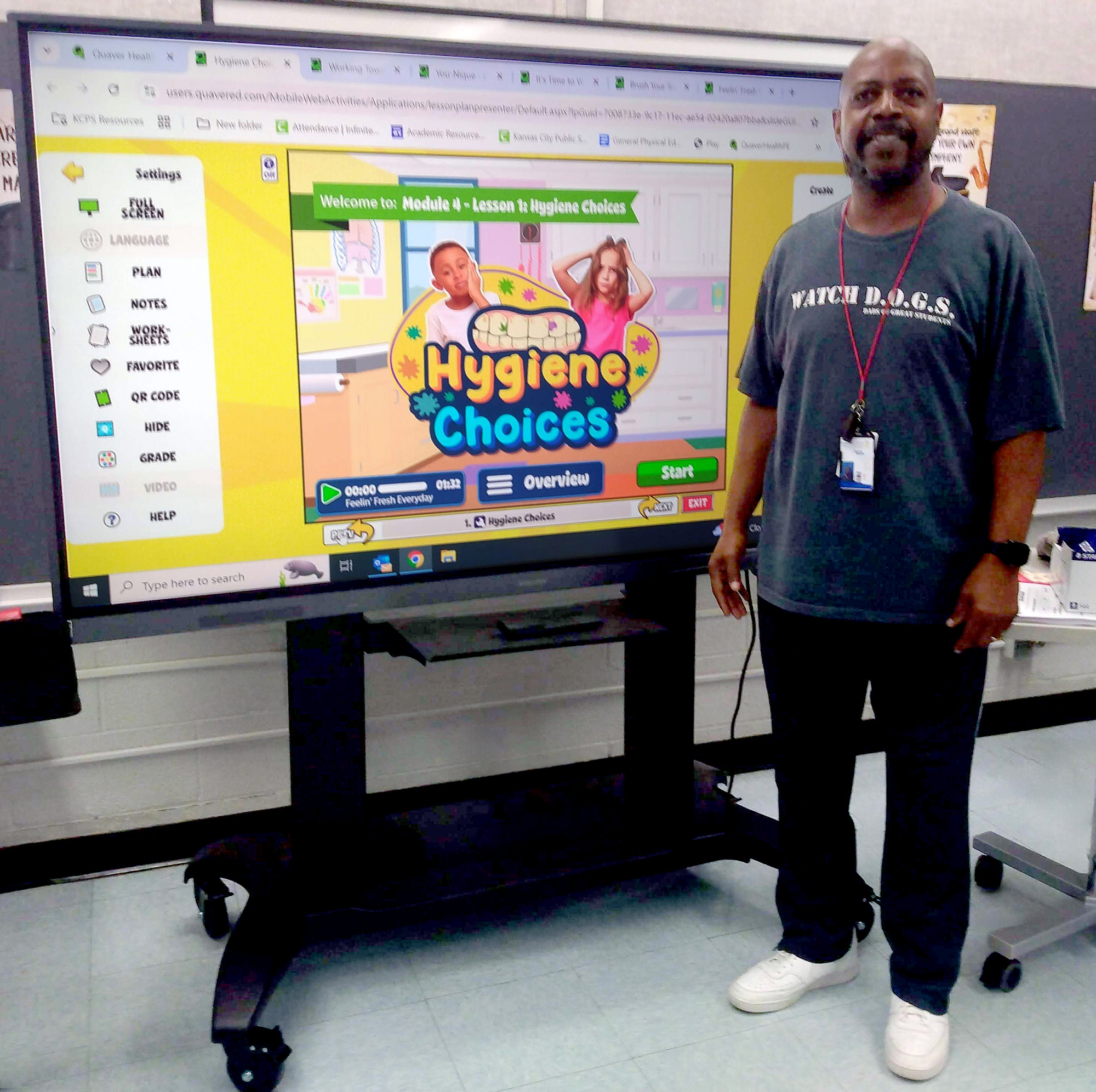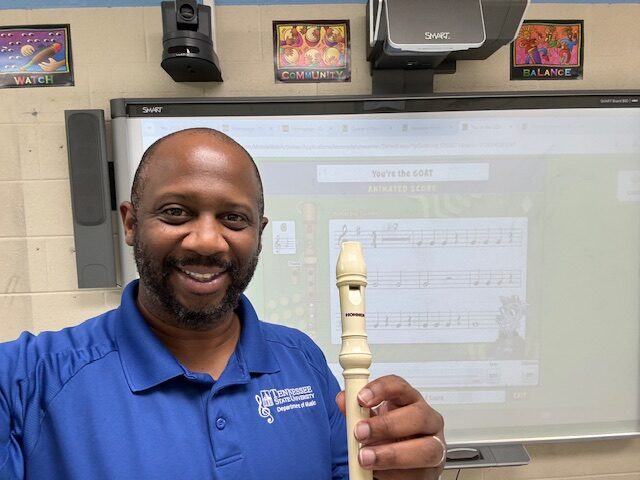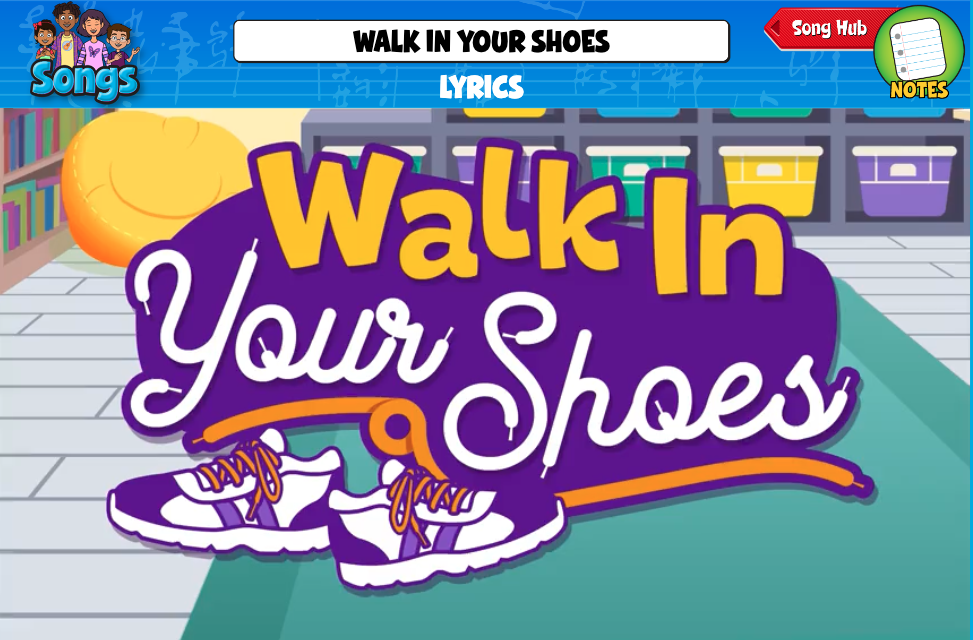***
Last year, I was afforded the opportunity to attend the National Reading Recovery K-6 Literacy Conference in Columbus, Ohio.
I was sitting in a cold conference room, trying my best to stay focused on the content rather than the temperature of the room. During one of the sessions, one of the practitioners said the following: “Books are like mirrors, windows, and sliding glass doors.” At that moment, I looked up and thought, “Well I have never heard books compared to a mirror, a window, or a sliding glass door.” This prompted me to research the concept, and I found the wonderful work of Rudine Sims Bishop. I read her work on the concept and was enamored with her advocacy of all students seeing themselves through curricula.
Mirrors, Windows, and Sliding Glass Doors
The concept of mirrors and windows originated from Emily Style who wrote an essay titled, “Curriculum as Windows and Mirrors.” The essay was first published in 1988. Rudine Sims Bishop added sliding glass doors to further expand the metaphor. Books are mirrors: they provide an opportunity for self-reflection as students make connections from their lived experiences. Books are windows: they offer a look at different views of the world whether they are real or imagined. Finally, books are sliding glass doors: they allow students the opportunity to step inside another dimension of the human experience told through literature (Potter, 2020).*
As an African American woman, I remember growing up, I did not see myself reflected in literature taught at school. My grandma would buy my sisters and I books that had little black girls and boys in them, but they were sold in neighborhood African American bookstores, not brand retail bookstores. I also remember how she would make us go into the living room, read and learn about black historical figures such as Barbara Jordan, George Washington Carver, and Mary McLeod Bethune. As I reflect on my childhood and how my grandmother made sure that she had books at home that were representative of my ethnicity and culture, it empowered me as a teacher to be very inclusive in the books I chose for my library, in addition to being relevant on how I taught my lessons. I strived to be extremely relevant to my students’ cultures while providing rigorous and engaging instruction.
With the changing racial climate of our country, and the different movements and laws passed that are more inclusive, it is so important that not only literature, but online curricula also serve as mirrors, windows, and sliding glass doors. This academic school year, children have had more screen time as a result of virtual learning, and it is so essential that they see themselves and their stories on the educational platforms they interact with daily. Research shows when students of color see themselves in curricula, and if curricula is culturally responsive, students are more likely to be successful (Gay, 2010).*
Representation Matters
As we all continue to be immersed in this new norm of a virtual learning platform, it is important that not only our books are representative of our students we serve in the classroom, but that our websites, activities, games are also reflective as well. As a content writer at QuaverEd, one of the elements I most appreciate about our curriculum is that it is representative of all races, ethnicities, family structure, interests, likes, dislikes, occupations, and abilities.
If you are a teacher, a principal, a counselor, or whatever role you serve in working with students, ask yourself these reflective questions:
- Does my lesson reflect ALL students in my classroom? Every single one?
- Do I have textbooks, picture books, chapter books, and activities that are representative and sensitive to my students’ identities, experiences, and abilities?
- Am I constantly building my knowledge base behind the purpose of gathering diverse and inclusive materials for the classroom?
As educators, we are always building our toolbelt of strategies. Let’s be mindful of making sure that the toolbelt includes resources that are representative and support all of our students.
***
*Potter, C. (2020). Windows and mirrors and sliding glass doors: Ensuring students see themselves and others in literature. Retrieved February 11, 2021, from https://humaneeducation.org/windows-and-mirrors-and-sliding-glass-doors-ensuring-students-see-themselves-and-others-in-literature/
*Gay, G. (2010). Culturally responsive teaching (2nd ed.). New York, NY: Teachers College Press



